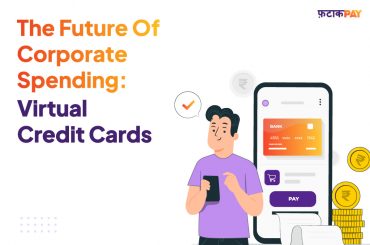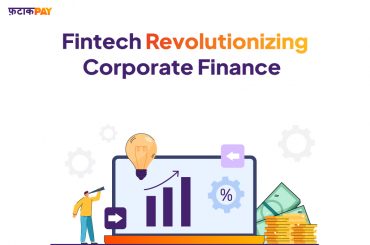The need to borrow money is felt by every individual in their life at some point in time or the other. The requirement of money can be for various reasons, from an urgent credit facility for a short period of time of a small amount to a well-planned loan that stretches for a longer tenure and of a sizable amount.
Individuals can cater to their requirements in different ways after judging what type of loan suits them the best. Financial institutions today provide us with various credit facilities. Users of these financial facilities are spoilt by choice knowing the various options that are available to them. Therefore, it is extremely important for every user to know what facilities suit their wants and needs and are affordable to them to fulfill their purpose.
The two most common facilities used by individuals for borrowing are credit cards and personal loans. It is important to understand the similarities and differences between the two to get a perspective of what each of these facilities bring to the table.
Personal loans and credit cards are offered by lenders, credit card companies, or fintech start-ups at a specified interest rate and a fixed tenure. Both of these offer an avenue to borrow money and can be paid back in installments that include interest and principal that may be monthly, quarterly or yearly.
The inefficiency or negligence towards the repayment of either of these loans can cause the undermining of the user’s credit score causing a major problem with future access to long term loans or instant credit. Loans if made available to such individuals in the future will be at a higher rate of interest.
Apart from the similar attributes shared by credit cards and personal loans apps, there are a few stark differences they share that one must know before using these instruments.
· Repayment and difference in tenure: Personal loans are offered on a lump sum basis for an extended period of time that may range from 12 – 60 months. On the other hand, credit cards are a type of revolving credit that gives the individual borrower access to funds. These funds are usually borrowed for a shorter period of time.
· Interest rate and documentation: The interest rate on funds borrowed by individuals through a personal loan facility is much lower than that borrowed on a credit card. Another key difference is that the money borrowed on credit cards is available at flat interest rates whereas personal loans are available with reducing balance rates.
Although, the documentation and approvals for a personal loan take more time and is a relatively tedious process as compared to borrowing on a credit card.· Loan amount: The option to borrow money can be viable to an individual for a small amount and in case of the need for instant liquidity. On the other hand, a personal loan can be of a comparatively larger amount and can be used for planned higher ticket purchases.
It is vehemently important to note that both these instruments and products offered by financial institutions are push products. That means it is in the banks or credit card companies’ best interest to sell such loans to individuals to profit from the interest rate that users must pay to avail of such facilities.
As mentioned on our website and deeply rooted in our business model, we at FatakPay refrain from charging any interest to our customers that are in need of funds and want to avail our credit facilities. We truly believe that access to credit must be available to all. This philosophy helps us stand out from our competitors and provides the citizens of our country a platform they can trust to avail instant credit as and when needed.






1 Comment
In result, by reason of the coin was not so much currented as a measure of value and a means of payment,
they undervalued the monetary economy of Koryo. The southern Song dynasty did not enforce the monetary policy to
prevent the outflow of coin by special maritime trade supervisorates(shibosi, trading-ship-offices).
But people used cloth money(布貨) or silver money
mainly on the civil trade and it had been continued to middle age of Yi Chosun Dynasty.
And also it related with mass production of coin as Wang
an shi(王安石) enforced the New Policy(新法) in Northern Song Dynasty of Shenzong(神宗) period.We can judge from the excavation that after Sookjong period of Koryo had continued the
coinage. The Song dynasty grasped the influence of the Song’s
coin’s outflow quite early on, enforced several monetary policies and punished the crimes severely.
By overland route, it was flowed out to the Liao and Jin dynasty.